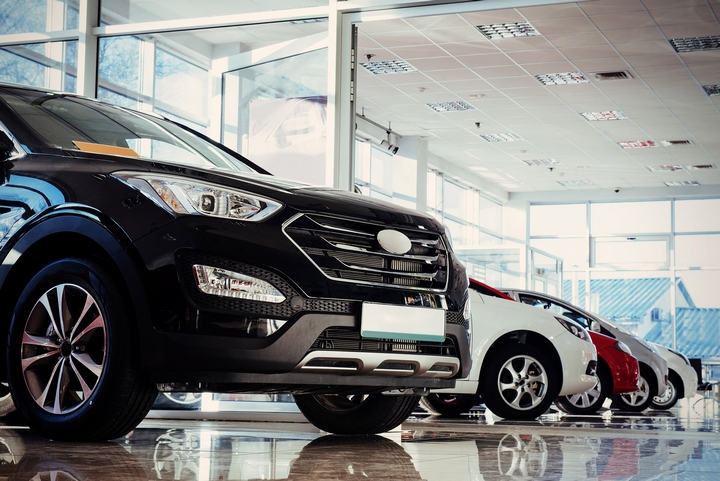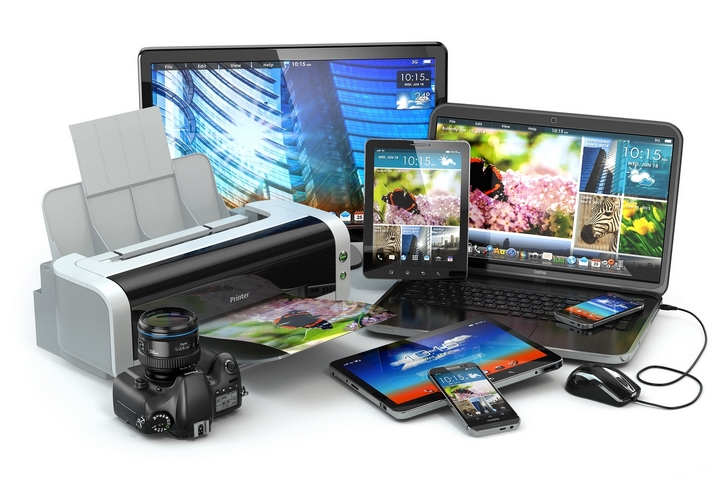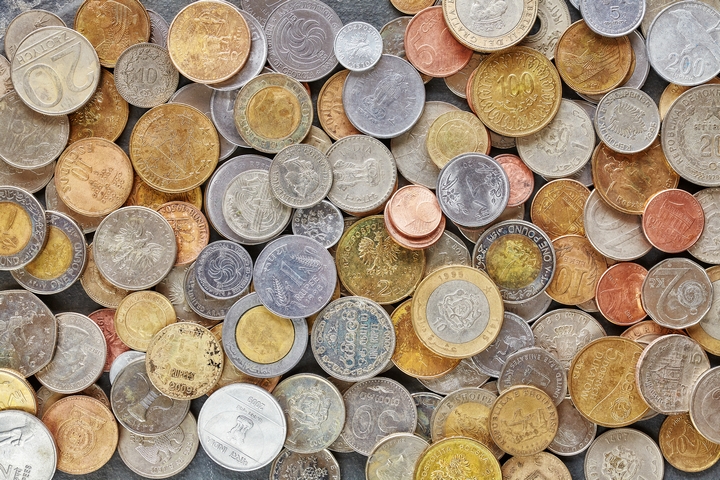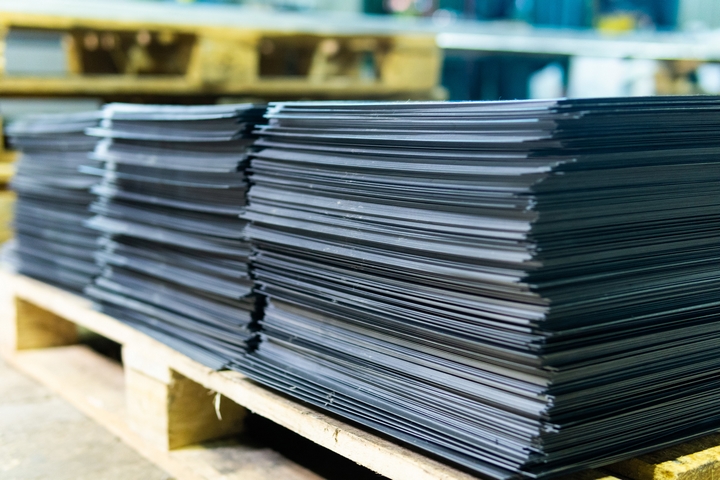Nickel (Ni) is a transition metal that finds expression in a variety of applications. What sets it apart from other metals is its versatility. On the periodic table, atomic number 28 indicates the presence of nickel. As a metal, it is pliable yet sturdy and can stretch into a wire.
Nickel derives its name from kupfernickel, a German word. It was discovered and isolated by Axel Fredrik Cronstedt, a Swedish chemist. Initially, he had assumed nickel was from the copper family since it looked physically similar.
While Cronstedt was the first person to isolate nickel, its use as a transition metal dates back to ancient civilizations. Among the most common chemical elements on earth, nickel is top five in the United States.
After extraction via conventional methods, it goes through a series of metallurgical processes. While it is easy to purify, to get more from it, several players in the industry combine it with other elements.
Below are the six most common uses of nickel:
1. Nickle in Cars

One of the most common nickel uses is in our vehicles. Most stainless steel found in many cars is nickel. It is one of the most critical components in the steel industry. Vehicle manufacturers depend on stainless steel due to its high resistance against corrosion. Nickel also has the ability to absorb energy from bumps or crashes. Besides, it is lighter than other metals and very sturdy.
2. Nickel in the Construction Industry

Ancient architecture indicates the presence of nickel alloys, such as stainless steel, among others. For centuries, people have relied on durable dwellings to keep danger at bay and shelter themselves from the elements.
Safety is a critical element in construction. Buildings featuring nickel-based stainless steel have stood the test of time for decades. The world’s tallest building during its completion in 1972 was built with 730 tons of stainless steel and aluminum. It’s the Empire State Building, which still stands strong today. Courtesy of the stainless steel used in its construction, this 102-story skyscraper is built to resist whatever the elements may through her way.
Due to nickel’s ability to withstand heat, nickel-based alloys such as stainless steel are critical to the construction sector. What this means is that buildings constructed using nickel-based alloys do not catch fire or rust easily.
3. Nickel in Aerospace, Marine, and Military Work

Nickel came into the limelight during the first and second world wars and in the ensuing cold wars. During this period, weapons production intensified, and countries fought hard to attain victory and exert their dominance. For cars and weapons manufacturing, countries went after nickel deposits.
The use of nickel in warfare, however, did not start with the world wars. During the Roman Era, it featured in the manufacture of armours. In 1890, the Americans discovered they could use it to manufacture armour plates.
Warships and armour plates for aircraft and tanks also have a form of nickel application. The Germans built a portable bridge using nickel-iron alloy during the Second World War.
The use of nickel-based alloys in the aerospace industry has also been on the rise. Its preference is due to its heat tolerance. NASA has used it to protect space crafts from exposure to heat from the sun.
The marine industry also applies nickel-based alloys. Seawater is salty and highly corrosive. Nickel has high corrosion resistance, making it ideal in the manufacturing of sea vehicles.
4. Nickel Use in Electronics

Nickel is a common feature in electronic devices and electric-powered vehicles, which use nickel batteries. Nanotechnologies and large electronic components also use this metal. Laptops and smartphones have parts that contain nickel. Compact discs also contain a nickel-coated layer.
Interestingly, despite the prevalence of nickel in a wide range of electronics, many people are allergic to it. The allergy usually manifests in rashes.
5. Use of Nickel on Coins

To understand the variety of nickel uses, think of its other counterpart, iron. It’s produced in huge quantities and in coins from countries such as Indonesia.
In the 1950s, the Indonesian 50-cent coin was the only currency in the country that contained copper-nickel. Today, the Rp 1,000 coin is nickel-plated.
6. Use of Nickel in Electroplating

Nickel is featured in electroplating. It improves wear resistance and protects against corrosion. It also increases the thickness of the plate. In terms of aesthetics, nickel enhances the appearance and brightness of an object. For instance, to make a base layer for silver or gold, nickel is the go-to metal.
Nickel alloys with other metals such as palladium or zinc. As a zinc alloy, nickel enhances protection against corrosion as opposed to using it on its own. When alloyed with palladium, nickel minimizes cracking risk and reduces deposit stress.
Other industrial applications that use nickel electroplating are telecommunications, consumer electronics, computing, and chemical industries. It enhances the aesthetics of auto parts such as bumpers and grills. Nickel electroforming is also popularly used in the textile, aerospace, and communication industries.
Nickel uses in everyday life are many and varied. From coins, wires, rocket engines, and gas turbines to rocket engines, nickel’s sturdiness and ability to resist corrosion and high temperatures have set it apart as a metal that lends itself to use in a variety of applications.

